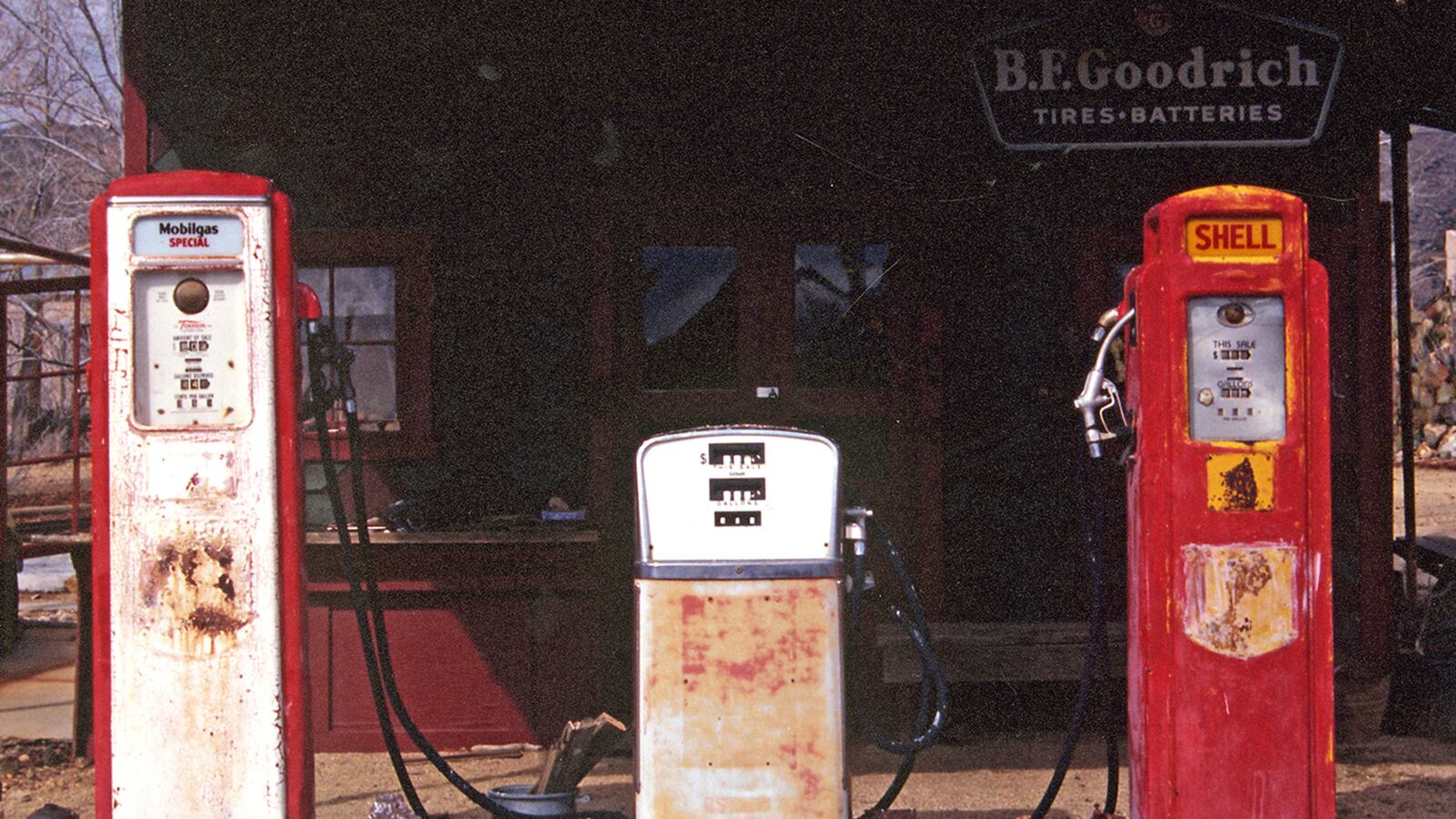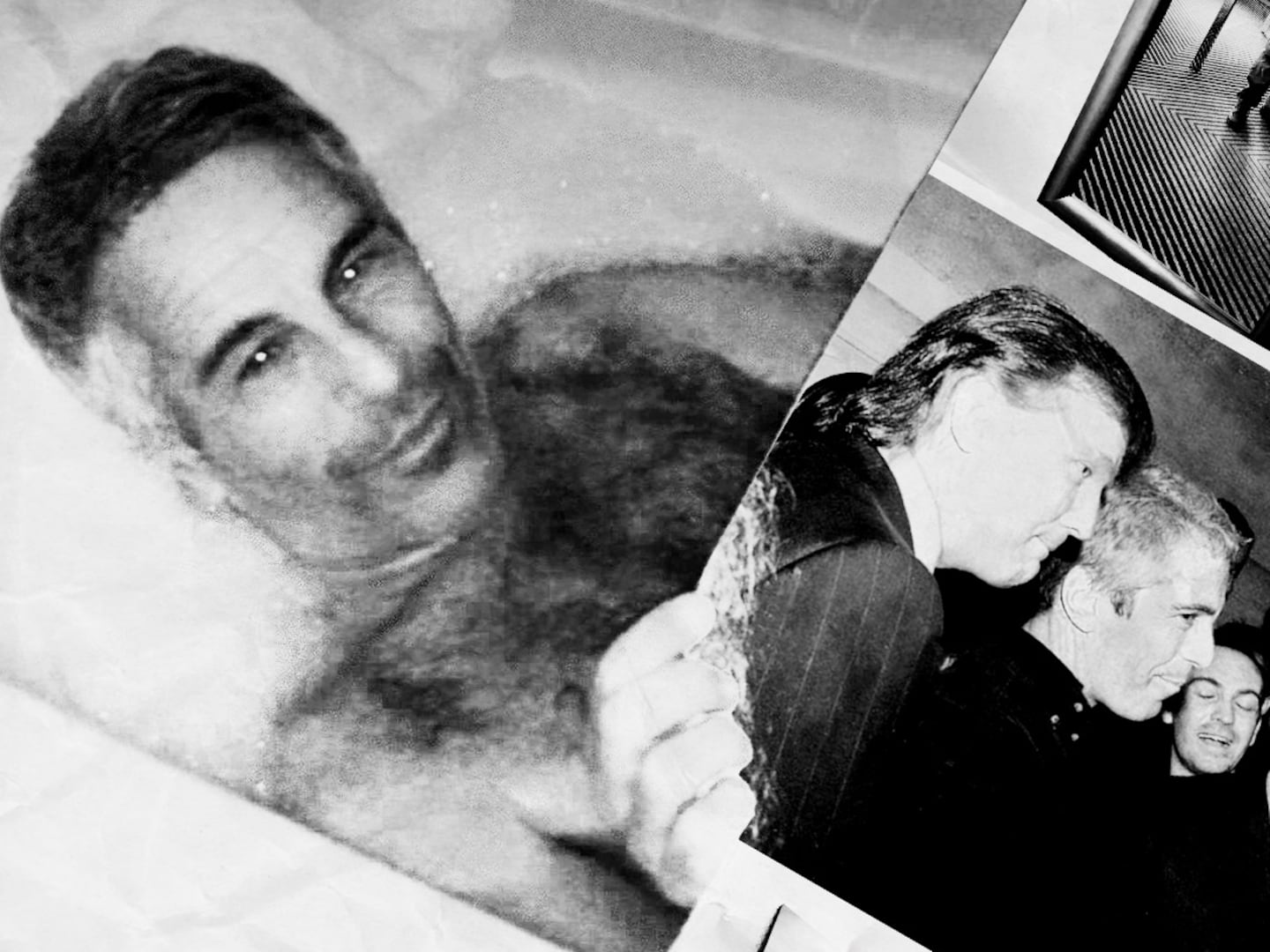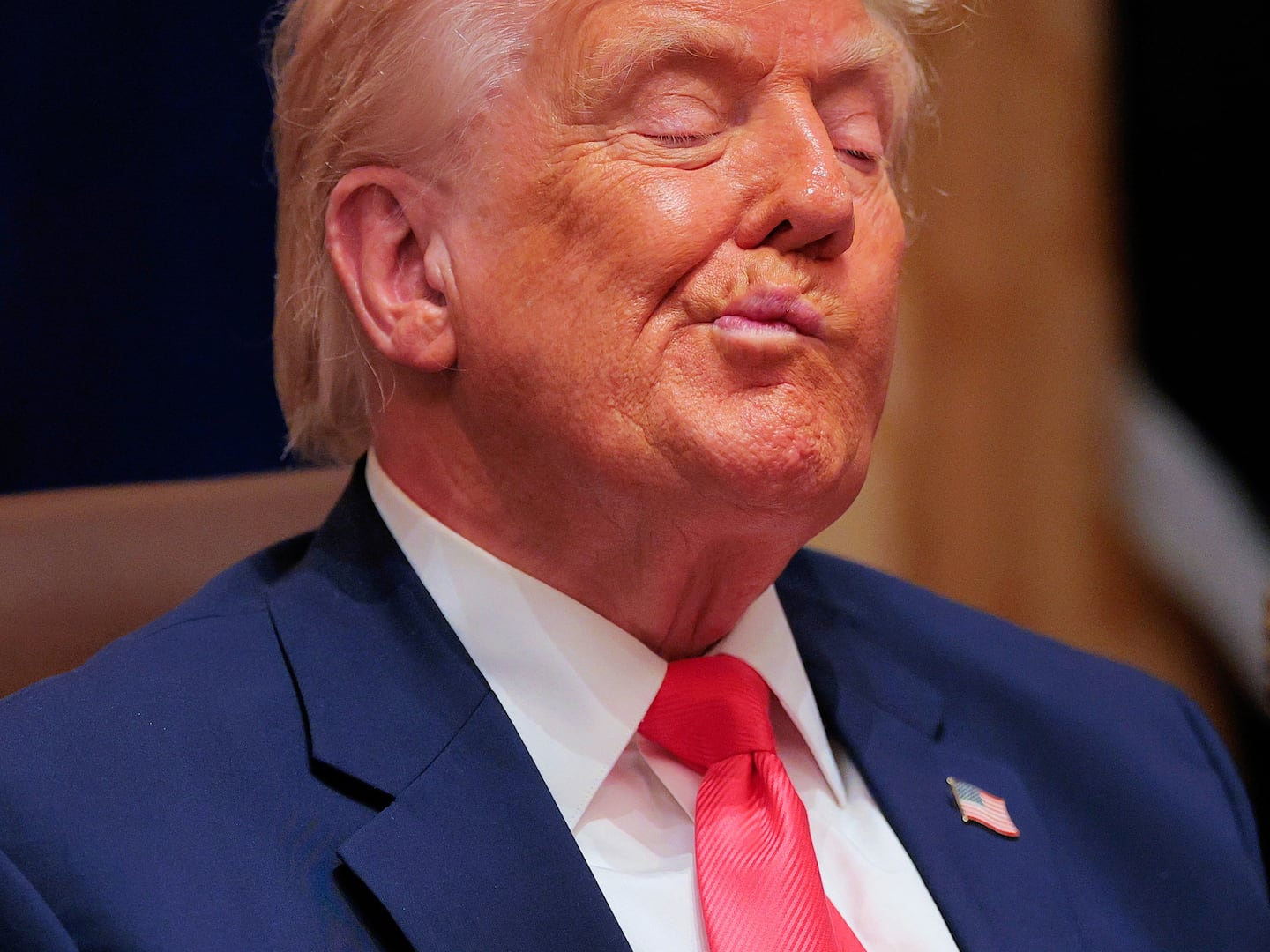
While historically “haunted” mansions, asylums, and cemeteries are abundant throughout the United States, they become fewer and further between as the landscape changes from well-developed, metropolitan cities in the East to the vast, open plains of the West. There, abandoned “ghost towns” populate the prairie fields and deserts, serving as a reminder of a not-so-distant past. These empty cities can now be seen in Ghost Towns of Arizona: Photography of Kurt Wenner on view at the Pueblo Grande Museum and Archeological Park in Phoenix, Arizona.
In the collection of over forty photographs, each featured town is recognizable for its specific purpose—mining, lumbering, agriculture, or trading post, among other uses, but they are all silently abandoned. Often mineral deposits would peter out, forests for lumber would slowly be cut to nothing, or a river would change course, eliminating a power supply and leaving the area uninhabitable. Once the area’s main resources disappeared, so did the inhabitants.
“Kurt was interested in documenting these abandoned towns because he saw what was happening to them,” curator Holly Young tells The Daily Beast. “They were being vandalized and pulled down. They were basically being stolen.”
Beginning in the mid-nineties, Wenner spent over a decade traversing the often rough Arizona landscape seeking out the rapidly deteriorating settlements. “A lot of the towns that he took pictures of are no longer there,” Young adds.

Arizona is one of the few states known for its abundance of ghost towns with over 350 documented settlements. According to the exhibition’s press release, “most ghost towns in Arizona are unprotected and vulnerable to vandalism, looting, and, of course, the decay brought about by the elements and time,” causing many of the once burgeoning Western settlements to almost—if not completely—disappear.
Along with graffiti and the occasional destruction of buildings, vandals would even go so far as looting graves—which Wenner stumbled upon while photographing the town of Swansea, located in a vast, desolate area of western Arizona. Digging up caskets, these looters were in search of coins, buttons, and other possessions that may have been buried with the deceased.
The Pueblo Grande Museum and Archeological Park has a settlement history of its own. The ancient Hohokam people, known for their extensive canal systems, settled in the area some 1,500 years ago before abandoning the land in 1450. Since 1924 when it was donated to the city of Phoenix, the area has acted as a public park, museum space, and archeological warehouse, preserving the city and the state’s history.
The facility not only acts as the archeological site museum, but it is also as a repository for archeological collections from the city of Phoenix. Whenever street work is happening or a bridge is being built, excavation work is routinely done and any artifacts found are promptly added to the museum’s growing collection.
Ghost Towns of Arizona: Photography of Kurt Wenner is on display at the Pueblo Grande Museum and Archeological Park in Phoenix, Arizona until August 30.






